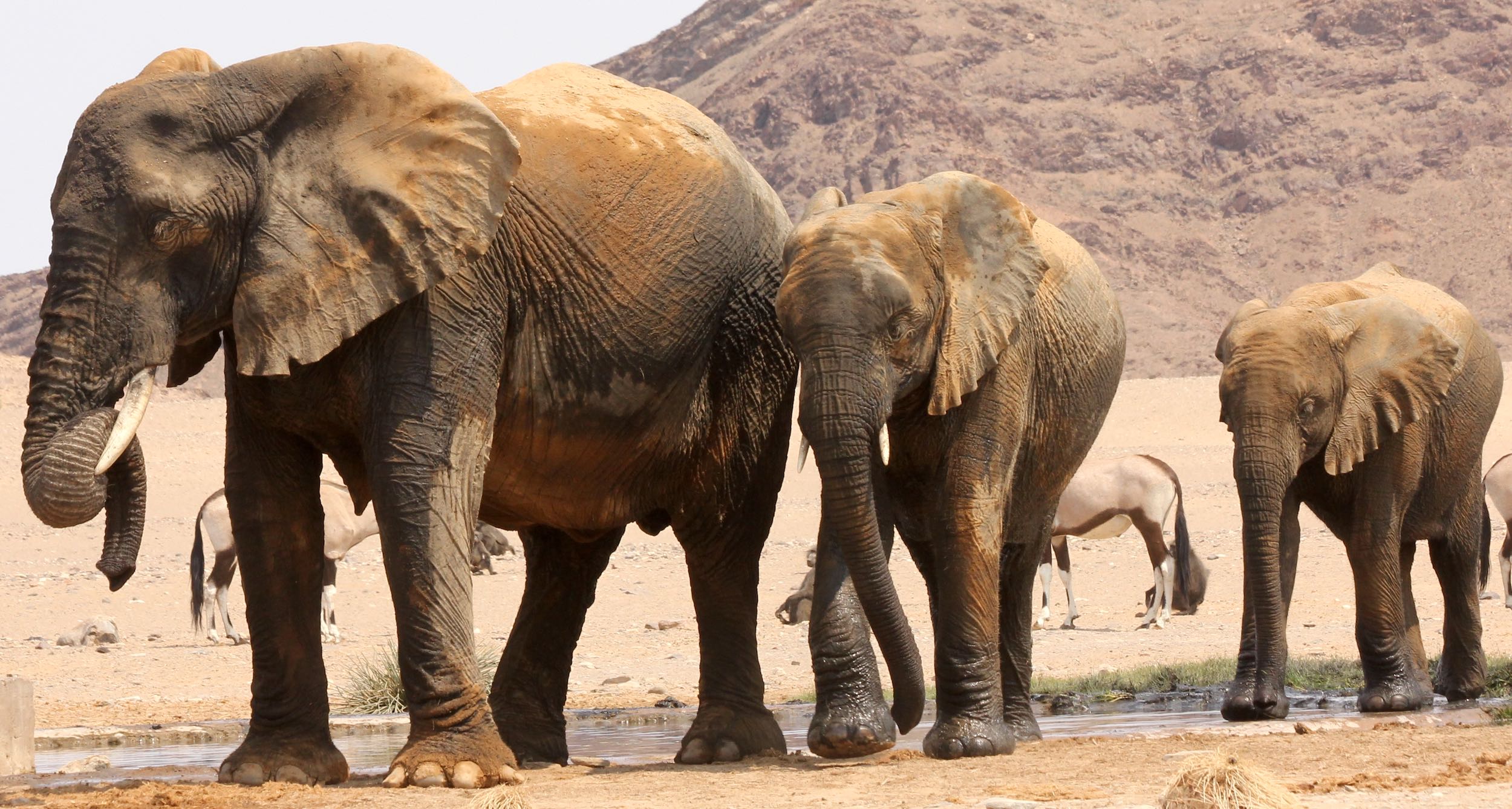

It's not too good to be true – Elephants are thriving in Namibia
5th April 2021
Based on interviews with Kenneth /Uiseb, Debbie Gibson and Colin Craig.
The African savannah elephant was recently classified as Endangered by the International Union for the Conservation of Nature (IUCN), citing a decline throughout Africa of 60% over the past 50 years. Yet in Namibia elephant numbers are increasing and their range is expanding; a testament to sound long-term conservation policies. But how do we know that they are increasing? How do you assess the status of an animal that ranges over thousands of square kilometres with any degree of confidence? I spoke to the experts to find out.
The small four-seater Cessna aircraft is full. The pilot is flying slowly in a dead straight line, maintaining an altitude of 300 feet above ground level. Behind him, two passengers stare intently out the windows; searching the ground between two black rods fixed to the plane's wing struts. One passenger suddenly calls out: left, elephant bulls, two,
followed shortly by the other: right, elephant cows, ten in, five out.
The fourth person in the plane, sitting next to the pilot, decodes their cryptic messages and jots them down on a datasheet.
Once they have reached the end of this straight line (known as a transect) on their GPS, the pilot will turn the plane around, find the next parallel transect line and fly back along it – keeping flying speed and height as constant as possible. They keep it up until they have flown a planned number of transects for the morning, at which point they will return to base for a much deserved rest. Every day for the next few weeks they will fly many transects each morning and afternoon until they have covered the target landscape sufficiently to estimate that population of elephants.
How do aerial surveys for elephants work?
There is a lot more to aerial surveys than flying around looking for big grey shapes in the savannah. Debbie Gibson, a key team member who plans and co-supervises aerial surveys in Namibia explains, Before we even start flying, we use our knowledge of the area to identify and map strata that are sub-blocks of the whole area that we can cover in a day or two.
Strata in areas with higher elephant densities are covered with more tightly spaced transects (e.g. 2.5 km apart) than those with lower elephant densities (e.g. 5 km apart). This increases precision in areas with high densities without introducing bias into the overall count.


Once we get out to the survey area, we run several calibration flights over the airstrip to measure exactly how much of the ground we are seeing from the air,
Debbie continues, and to ensure that the observers are searching similar widths of ground on either side of the plane using the rods fixed to the wing struts as guidelines.
Besides allowing for calculations of the ground covered, these rods set realistic limits for searching. Although observers can see all the way to the horizon from an aeroplane, they are highly unlikely to see all of the elephants in that huge, undefined area. Instead, they focus their search on the known area covered between the rods, where they are less likely to miss any distinctive grey shapes.
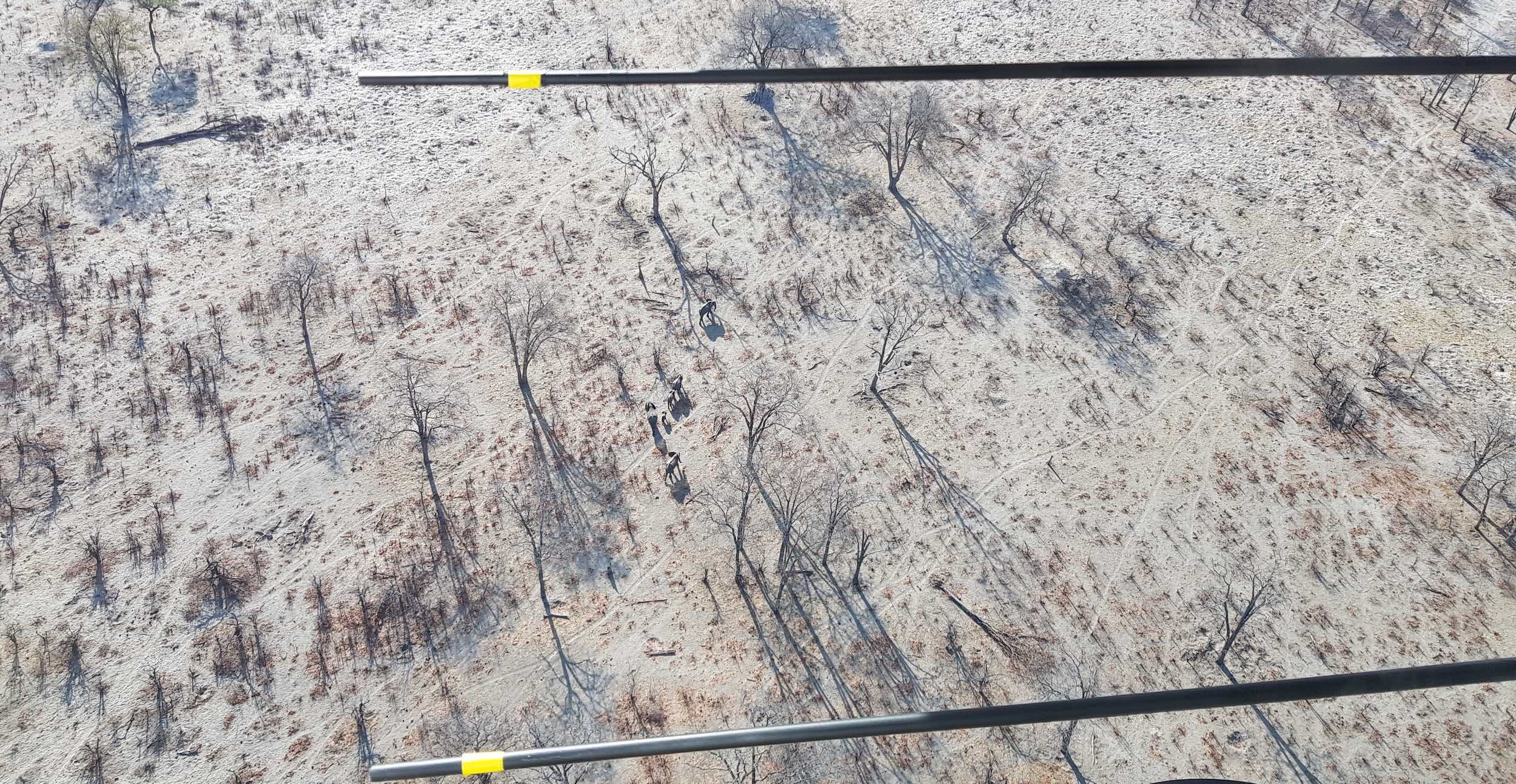
If the sharp-eyed observers happen to see elephants outside of the defined search area, then they are recorded as out
elephants – i.e. beyond the measured sample area. These sightings are mapped and their numbers reported, but only the in
elephants are used in the statistical analyses to generate a population estimate. Surveys are also done in the dry season when the vegetation is less dense and visibility is high to reduce the chances of missing elephants.
Debbie further emphasises the importance of highly experienced observers – Our regular observers, Ngoni Chitemamuswe and Fungai Muroki, have counted elephants and other wildlife on aerial surveys since the 1990's and have worked with us in Namibia, Malawi, Mozambique and Zimbabwe. Finding such experienced, reliable observers can be difficult for those doing aerial surveys for the first time in other countries.
Biologists and conservation managers are rarely able to count all of the animals in their area of interest with 100% accuracy, so the more realistic option is to count the animals in a sample of the area and use statistical methods to estimate population size for the whole area. These estimates also give us an idea of how precise they are, which is expressed as our confidence
in the estimate. In simplified terms, an estimate of 20,000 ± 4,000, for example, tells us that we are 95% confident that the actual number lies between 16,000 and 24,000.
Even with all the detailed planning, experience and analyses in the world, one aerial survey is not particularly useful on its own. Scientific wildlife monitoring of all kinds (by road, air, or even remotely using camera traps) only becomes useful when surveys are repeated many times using the same or very similar methods. While trying to get extremely precise numbers of elephants ranging over huge areas in northern Namibia is nearly impossible, repeat surveys can be used to show a trend over time. Trends are especially important in conservation, because they tell us if the population is healthy and growing, or under severe threat and declining.
Namibia's Ministry of Environment, Forestry and Tourism (MEFT) has conducted aerial transect surveys since 1979. The earliest surveys, however, were not as refined as they are today and important variables (e.g. height above ground level) were not kept constant. Colin Craig has been involved in standardising aerial surveys in Namibia since 1994, having learned these survey techniques while working for Zimbabwe National Parks (the techniques were originally developed in East Africa). Although our equipment has improved and we have refined our survey design over the years,
he points out, the surveys done in Etosha and the north-eastern parts using the same methods since 1994 are all comparable. The MEFT therefore has a fairly good handle on the trends in elephant numbers over time for each of the major subpopulations in the country.
Aerial survey techniques have thus been developed and refined specifically for counting elephants in Africa's savannahs over several decades by many different scientists (it is far more difficult to count their forest cousins, which are now Critically Endangered). Colin compiled the best practices generated from scientists' accumulated experience in 2012 for the IUCN's Monitoring of the Illegal Killing of Elephants (MIKE) project. The Great Elephant Census (GEC) in 2014-15 used these techniques for the first standardised survey of elephants completed in multiple African nations at the same time.
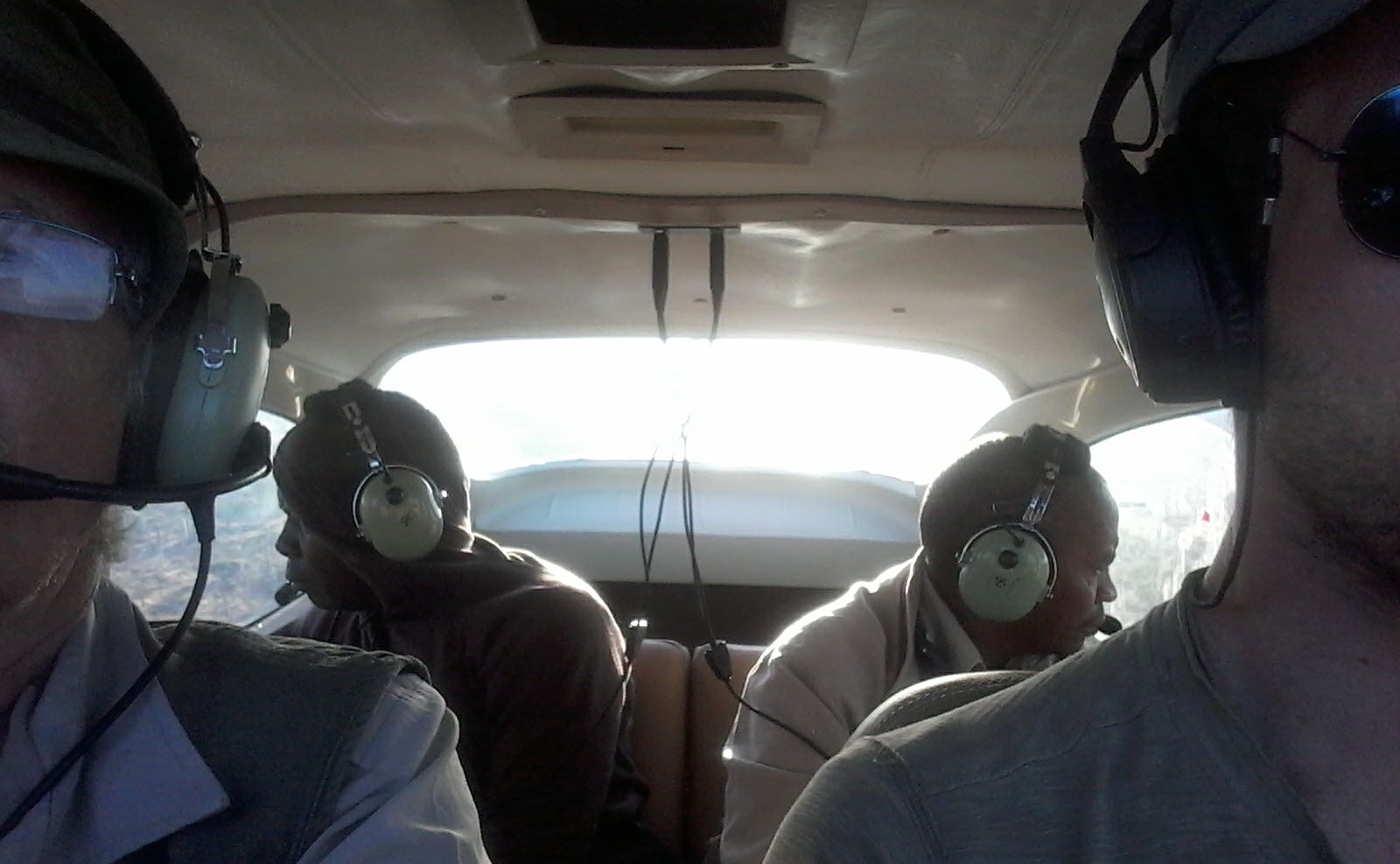
Namibia and the Great Elephant Census (GEC)
This is where the story of counting elephants in Namibia becomes strangely controversial. Thinking that Namibia's official estimates are too good to be true, some commentators have guessed that the number of elephants in the country is much lower than official estimates (e.g. probably closer to 5,600
– less than a quarter of the official estimate). These guesses are often accompanied by the accusation that Namibia refused to take part in the GEC because they wanted to inflate the elephant numbers for nefarious reasons.
In reality, Namibia's aerial surveys were done at the same time as the GEC in other countries (in both 2014 and 2015), and were coordinated with the GEC's Botswana survey of 2014 and Zambian survey of 2015. Most of the surveys in Namibia and the 18 countries that were part of the GEC were done using the transect sample method described here (sometimes local conditions favour other methods). Not only were the data collected the same way, but all of this information was sent to the centralised African Elephant Database managed by the IUCN's African Elephant Specialist Group. A team of independent experts from this Specialist Group reviewed all of the results (including Namibia's) and collated them for the 2016 African Elephant Status Report (publicly available here, pp. 169-174 covers Namibia).
Since there is a huge variation among African countries in terms of the resources they devote to monitoring and conserving wildlife, the Status Report includes an objective assessment of the quality of the data produced and the status of elephants in each country. Having trawled through the raw data and examined the methods used by aerial survey teams through the years, the expert review panel concluded that for southern Africa: There is reliable information available for Botswana, Namibia, Swaziland, South Africa, Zambia and Zimbabwe.
And further: In Namibia the elephant population has increased, notably in the north-east Kavango and Zambezi Regions.
The actual estimate given for the Namibian population in this 2016 report was 22,754 ± 4,305.
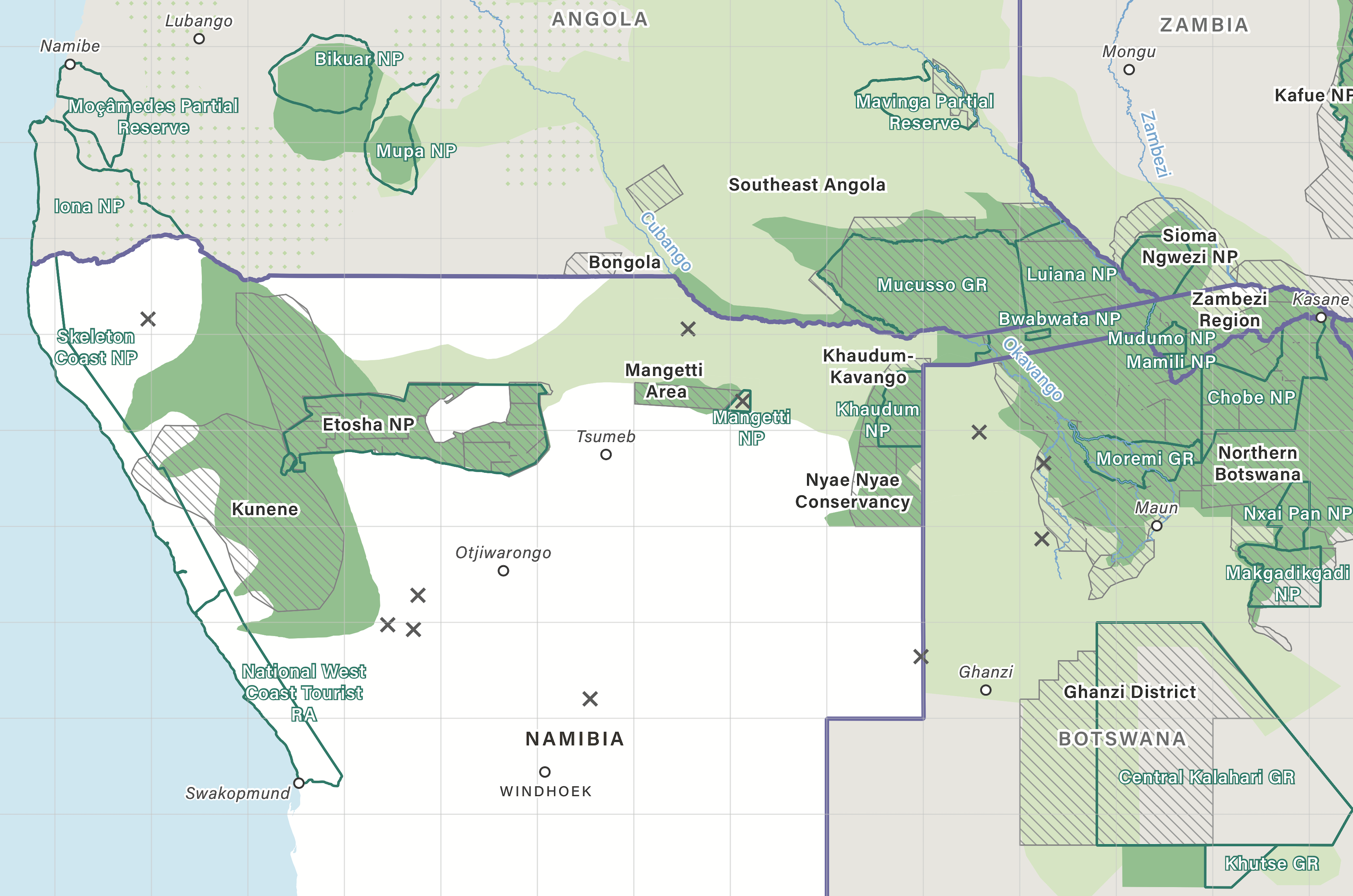
Considering the above, why was Namibia not included in the GEC's results, which were published separately to the Status Report? Kenneth /Uiseb, Deputy Director of Wildlife, Monitoring and Research at the MEFT, shed some light on this matter. Vulcan Inc. [established by Microsoft billionaire Paul Allen] funded the GEC aerial surveys in the other countries on condition that their raw data would be provided to the GEC team for analysis.
He explains further, but we had our own budget within the MEFT for the 2014-15 surveys, and we trusted our usual team of surveyors to maintain high standards for collecting the data and doing the analyses.
For many countries that do not have the resources to fund their own surveys, Vulcan's support was gratefully received and the conditions were accepted. Yet as Mr /Uiseb indicates: We had no need for external funding and consequently saw no reason to send our raw data to the GEC team for analyses that we could do ourselves. As a member of the IUCN, however, we willingly contributed our data to the African Elephant Database.
Interestingly, the Database itself received support from Vulcan at the time that the 2016 Status Report was published.
The latest elephant numbers and trends
The MEFT commissioned Colin and Debbie to do another aerial survey in the north-eastern part of the country in 2019 to update the information on the elephant population in this crucial area. They also completed a survey in the north-west during 2016 to update the numbers for this relatively small but important elephant population. Elephant numbers for Etosha National Park are still based on a 2015 survey (published in the Status Report), but long-term trends reveal that this is the slowest-growing population in the country.
The 2019 survey produced two reports covering the western and eastern sections of the north-east, respectively. The western section covers Khaudum National Park, nearly all of Nyae Nyae Conservancy and some parts of other neighbouring communal conservancies (hereafter referred to as the Khaudum survey). The eastern section covers the entire Zambezi Region, including the Bwabwata, Mudumu and Nkasa Rupara National Parks, the State Forest and 15 communal conservancies (hereafter the Zambezi survey).

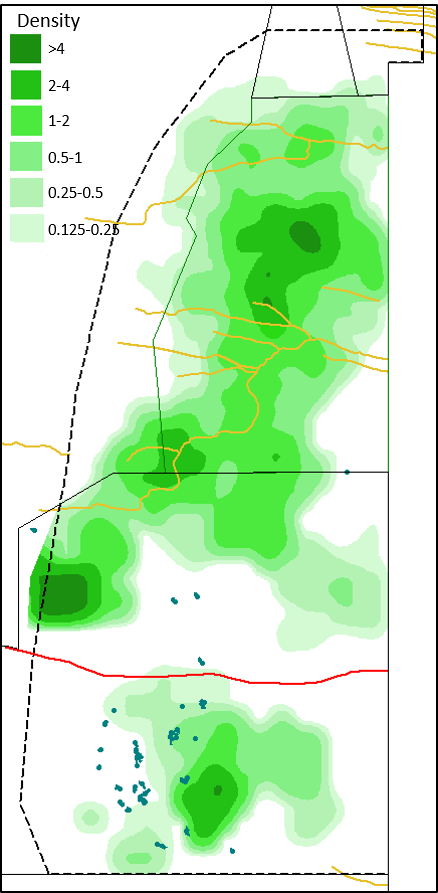
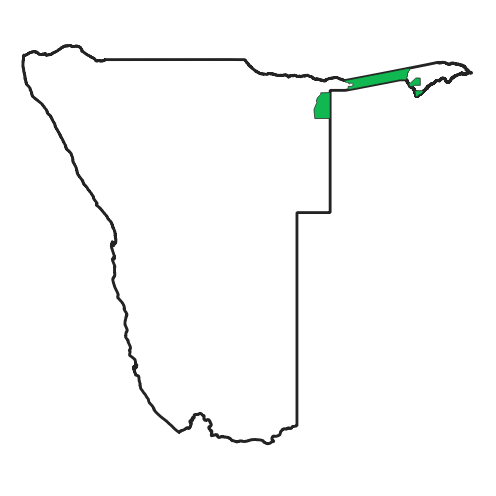
The 2019 estimate for the Khaudum survey was 7,999 ± 3,028 and the estimate for Zambezi was 12,008 ± 2,598. The 2015 estimate from Etosha was 2,911 ± 697, while the 2016 north-west estimate was 1,173 ± 681. If we assume that elephant numbers have not changed in these latter populations between 2015 and 2019 (it is more likely that they have grown slightly), we can conservatively estimate the whole Namibian elephant population at 24,091 ± 4,107 in 2019. The claims that there are only 5,600 elephants in the whole country are easily debunked from the observers' datasheets produced during these surveys. If one includes elephant sightings both in
and out
of the sample area, the observers actually saw 10,051 elephants in just a fraction of the total area for which the national estimate was generated.
Since the survey methods were standardised in 1994, the Khaudum survey has been completed six times, Etosha seven times and Zambezi nine times using the transect sample counts described here. Repeat surveys are the gold standard for wildlife monitoring and provide the all-important population trends, which tell us how successful (or not) local conservation efforts have been.
Counting elephants in the north-west is far more challenging than in the north-east, as there are relatively few elephants in a huge area and the mountainous terrain makes flying at a set level above the ground all but impossible. Consequently, counting methods have changed much more in this region than the others, as scientists are still refining their methods to balance cost-effectiveness with accuracy. The most recent count in 2016 employed three different methods that were allocated to different parts of the region based on the ruggedness of the terrain and knowledge of the elephant population. Even though this is the best count thus far for the north-west, it is still the least precise estimate of all the subpopulations. This population makes up only about 4% of Namibia's elephants, however, so the lack of precision here has little influence on the national total.
Aerial surveys were completed in the four key elephant areas in 1995, 1998, 2004-05, 2011 and 2015-16, thus providing nationwide estimates for each of these points in time. When these estimates are plotted on a graph, we find that the overall trend for the Namibian elephant population during 1995-2016 is increasing. The slope of the trendline that runs through the estimates is then used to calculate an annual growth rate of 5.36%. This is biologically realistic, as elephant population growth rates can be as high as 7% under ideal conditions that are rarely met by free-ranging elephants.
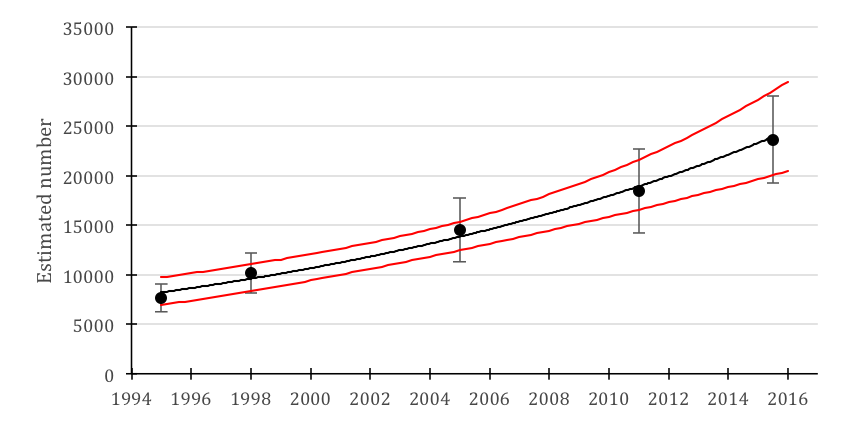
Under-counting elephants and transboundary movements
The national elephant estimate of about 24,000 was calculated only for those populations that have been surveyed repeatedly from the air and is therefore likely to be an underestimate. Mr. /Uiseb clarifies: Based on farmer reports of conflict with elephants, we know that elephants are expanding their range in Namibia; they are moving into areas that have not been regularly surveyed. National population numbers also exclude elephants in private game reserves.
Another concern that is frequently voiced is that elephants in the eastern Zambezi Region move freely between Botswana and Namibia. We therefore cannot be certain if the growth recorded for this large population is due to births or immigration, or an unknown combination of the two. Nonetheless, the aerial surveys are always done in the late dry season (September/October), which tells us that the part of the elephant population that usually spends the dry season in Namibia is increasing. Doing surveys in different seasons would only show short-term elephant movements and tell us little or nothing about long-term population health (reduced visibility in the wet season would also introduce counting errors).
Under high poaching pressure, one would expect the elephants to spend less time in Namibia and those that do come over would experience high levels of mortality, which would together result in decreasing numbers. In terms of Namibian elephant conservation efforts, which are especially focused on reducing poaching in this part of the country, the increasing elephant population is good news. This is confirmed by recent poaching statistics, which show that only 11 elephants were killed illegally in 2020, down from a high of 78 in 2014.
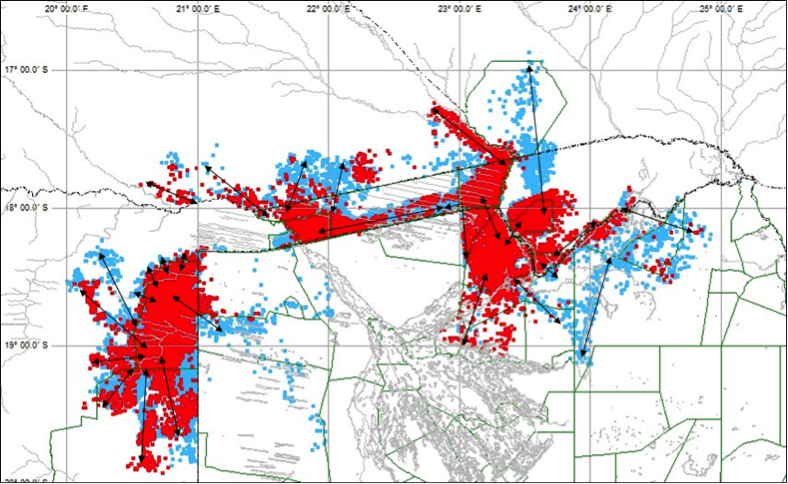
Since conservation policies differ from one country to another, it is important to find out how elephants are faring in each country that contributes to the Kavango-Zambezi (KAZA) Trans-frontier Conservation Area. Nevertheless, a multi-country aerial survey of elephants in KAZA with several experienced survey teams flying simultaneously in their respective countries is high on every elephant conservationist's wish list.
Conclusion
Elephants are highly valued within African cultures and economies, perform irreplaceable ecological functions, and are loved and revered around the world. Monitoring them to inform conservation action is therefore a weighty responsibility that the Namibian government takes extremely seriously. This is why they commission professional teams of dedicated people who plan meticulously, search carefully for thousands of hours from cramped little aircraft, and finally analyse and report their results with careful attention to detail. This work is an important contribution to our knowledge of elephants, and Namibia's successful conservation efforts for this Endangered species are an example to the rest of the world.
Note:
More aerial survey reports from Namibia can be found here: http://the-eis.com/elibrary/search-wildlife-surveys
For articles on similar topics, please click one of the following options:
If you enjoyed this page, then you might also like:



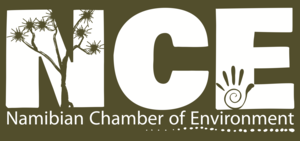
The Namibian Chamber of Environment (NCE) is an umbrella Association that provides a forum and mouthpiece for the broader environment sector, that can lobby with government and other parties, that can raise funds for its members and that can represent the sector.
www.n-c-e.orgThe Namibian Chamber of Environment (NCE) is an umbrella Association that provides a forum and mouthpiece for the broader environment sector, that can lobby with government and other parties, that can raise funds for its members and that can represent the sector.
www.n-c-e.org
Gail C. Thomson is a carnivore conservationist who has worked in South Africa, Namibia and Botswana on human-carnivore conflict, community conservation and wildlife monitoring. She is interested in promoting clear public communication of science and conservation efforts in southern Africa.
Gail C. Thomson is a carnivore conservationist who has worked in South Africa, Namibia and Botswana on human-carnivore conflict, community conservation and wildlife monitoring. She is interested in promoting clear public communication of science and conservation efforts in southern Africa.
We use cookies to monitor site usage and to help improve it. See our Privacy Policy for details. By continuing to use the site, you acknowledge acceptance of our policy.